Complete guide to soil preparation for growing flowers
Whether it is potted flowers or ground-planted flowers, the root system of the flowers must be well nurtured first. To nurture the roots, the soil preparation is very particular. Today, Mu Xin will talk to you about several commonly used soil preparation substrates in the home.
Common soil matrixes include peat, coarse and fine coconut coir, vermiculite, perlite, and garden soil which has always been disliked by everyone. What is garden soil?
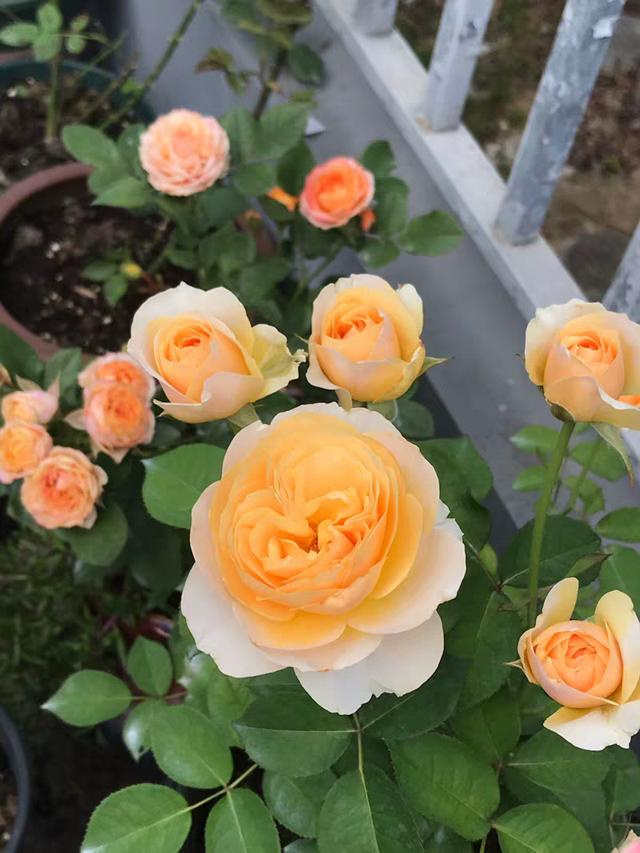
"Garden soil" means nature, which is the soil you can get by randomly digging in mountainous areas. It sounds cheap, but the value of garden soil cannot be ignored. It contains many minerals and a large number of trace elements, so plants will not suffer from nutrient deficiencies. In addition, the microorganisms it contains also play a great role in the growth of plants.
When growing flowers in winter, garden soil has to account for a larger proportion, because other media are too loose and breathable. Too much air in the soil will keep the plants cold, and garden soil is heavier and much denser, just like you have to wear tight warm clothes in winter. Airtight is the key to keeping out the cold.
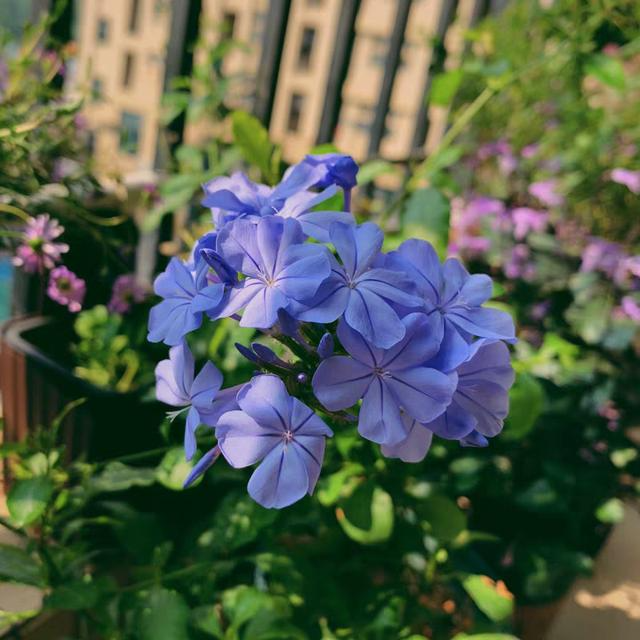
Therefore, the advantages of garden soil are obvious. It can not only increase the cold resistance of flowers, but also has better water retention than other media. Therefore, for small potted flowers with low tolerance, garden soil is indispensable. However, remember that the proportion of mixed garden soil when planting plants cannot exceed 1/10. In addition, garden soil contains more harmful bacteria such as insect eggs. Therefore, some systemic insecticides must be sprinkled on it when using it, otherwise it will be very troublesome to prevent and control it in the later stage.
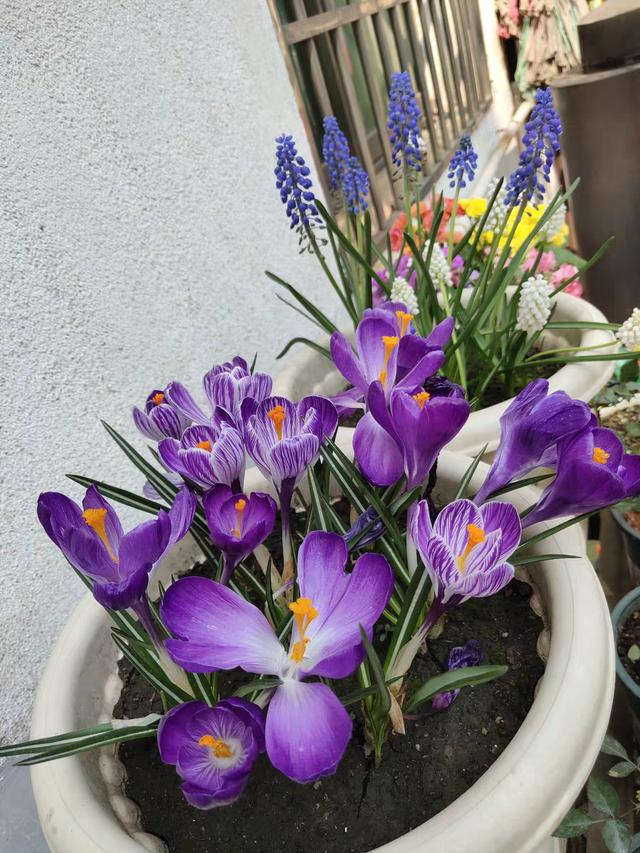
However, it is definitely not okay to plant flowers with only garden soil, because it is easy to harden and has little nutrition. However, many friends do not know how to mix the soil ratio, so they go directly to buy special nutrient soil for plants. There is a trade when there is a need. Therefore, there are many kinds of nutrient soil on the market, and it is difficult to choose. Of course, it is possible to directly choose this kind of nutrient soil, but it is a bit extravagant. Therefore, Mu Xin will take stock of the advantages and disadvantages of various soil matrixes, so that you will not get lost~
1. Perlite
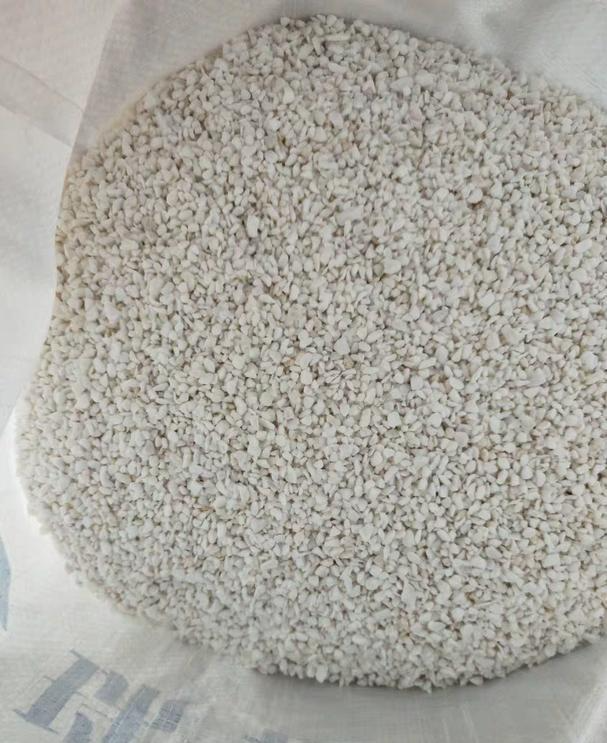
Perlite is snow-white in appearance. As I remember, it was first used as a thermal insulation material. Its advantages are that it is light, has excellent water absorption and air permeability, so it is often used in gardening.
However, if you don't have perlite at home, you can use river sand instead. It has a similar effect, and the material is easier to find. For example, river sand for building houses can be used, but it needs to be filtered through a sieve.
2. Peat soil
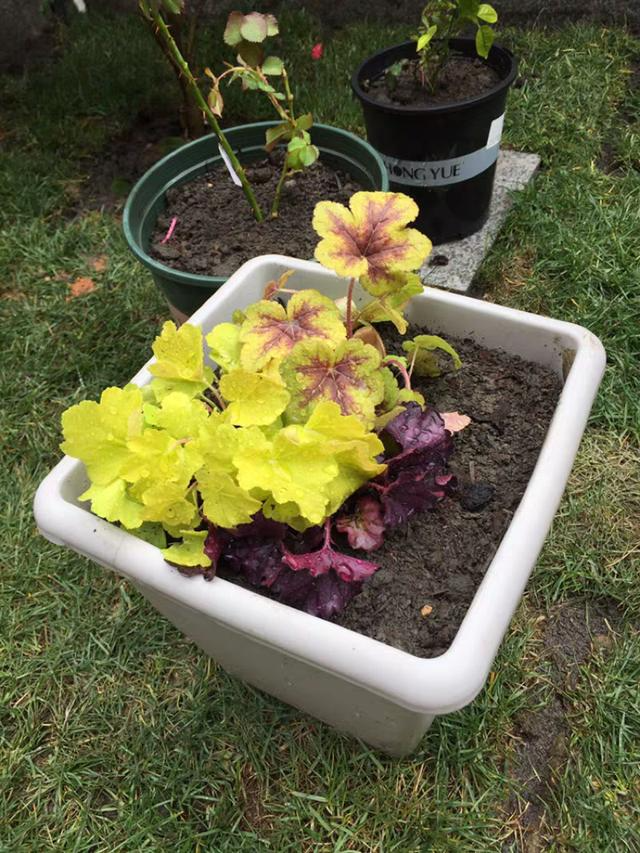
You may not know the composition of peat soil, but if you mention its other name "humus soil", you may understand it. Yes, the word "humus" can represent everything. It is fermented after the death of plants. Moreover, it can be divided into domestic peat soil and imported peat soil. What are the functions of each of them?
Domestic peat is generally peat, and the peat sold on the market is generally formed by crushing and fermenting reed stems or grass plants, while imported peat is more high-end, coming from the sea, and is formed by the fermentation of dead plants such as aquatic plants and mosses.
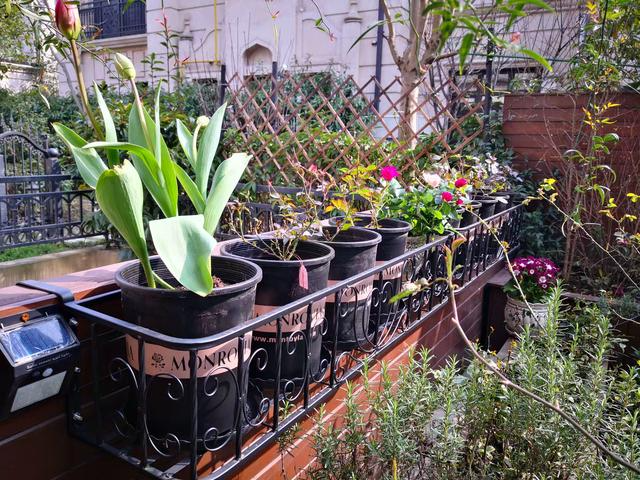
These two types of peat soil have different advantages and disadvantages. For example, domestic peat soil has very good water retention, so its water permeability and air permeability are relatively poor. Imported peat soil is relatively fluffy because the cell walls of algae are not easy to collapse after death, so its natural water permeability and air permeability are better. Generally, nursery farms use this type of soil more, but in general, both types of soil are good and can be used in combination with the properties of the plants.
3. Vermiculite
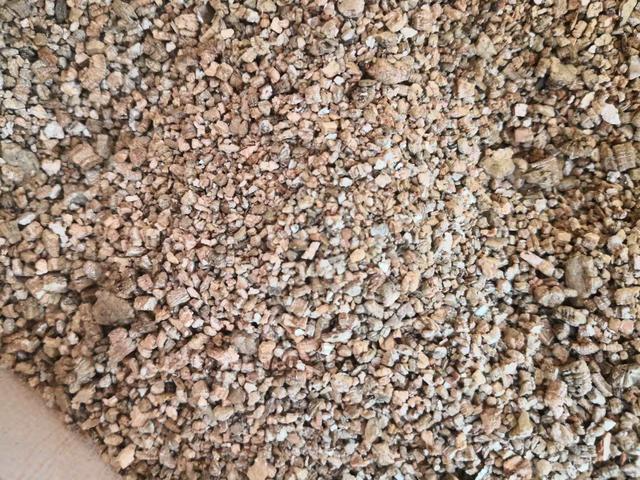
Vermiculite and perlite have similar properties, but its water absorption is higher than that of perlite. Therefore, it is mostly used to maintain succulents or for cuttings. For example, the recently popular vermiculite tray method is a cutting method.
However, I feel that vermiculite has such good water retention properties that it is basically not needed when using garden soil.
4. Coconut bran
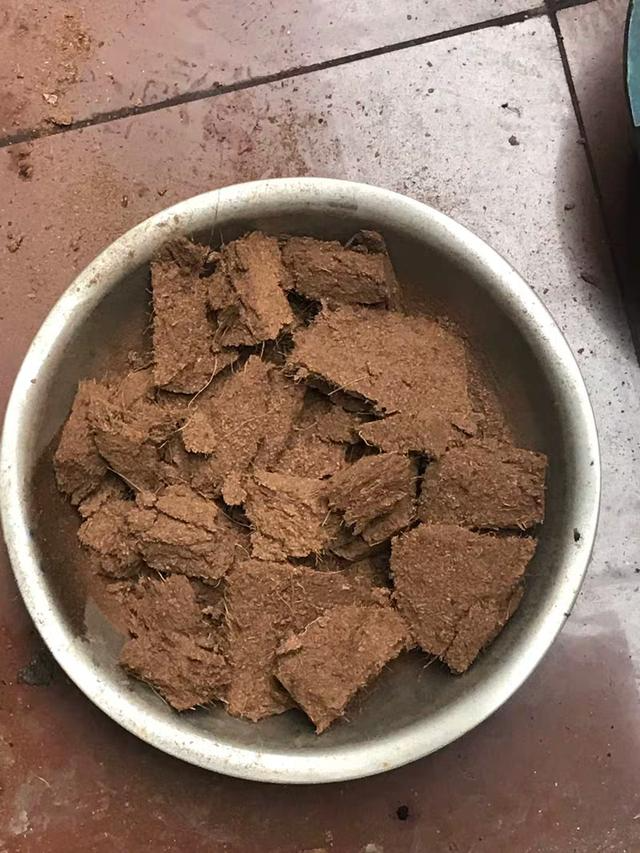
Coconut bran is divided into large and small coconut bran, but they are just different in specifications. They are all made from crushed coconut shells. Generally, merchants will make coconut bran into coconut bran bricks for easy sale and use.
Most of the green plants maintained at home are grown with coconut bran. As for why coconut bran has become a popular online presence, it is because it degrades slowly and will not burn the roots of the flowers. It is also cheap. However, it also has disadvantages. It has a high salt content, so it needs to be washed every time it is used. In short, coconut bran has advantages and disadvantages. If it is used in the right place at the right time, it is not a problem.
5. Nutrient soil
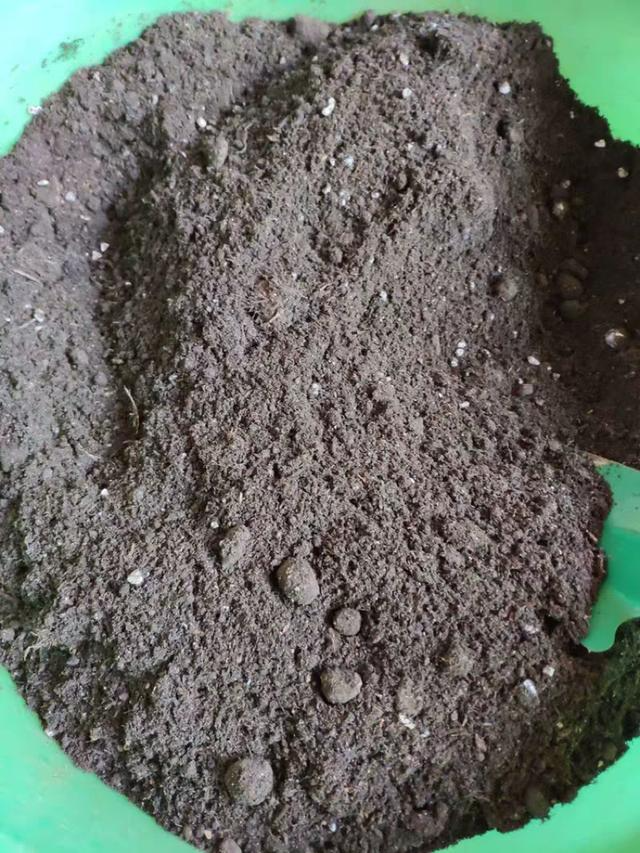
For example, there are Kanuma soil, Akadama soil, and diatomaceous earth. I classify this as a larger category because it contains more soil and the effect is excellent. Its shape is better than all the soils I just mentioned, but it is also more expensive. Therefore, due to price reasons, Mu Xin does not recommend that everyone use this kind of soil. It can be replaced with perlite, coal slag, river sand and other media.
As for my personal habit, I usually use coarse and fine coconut coir and perlite. First, they are economical, and second, they are easy to obtain.
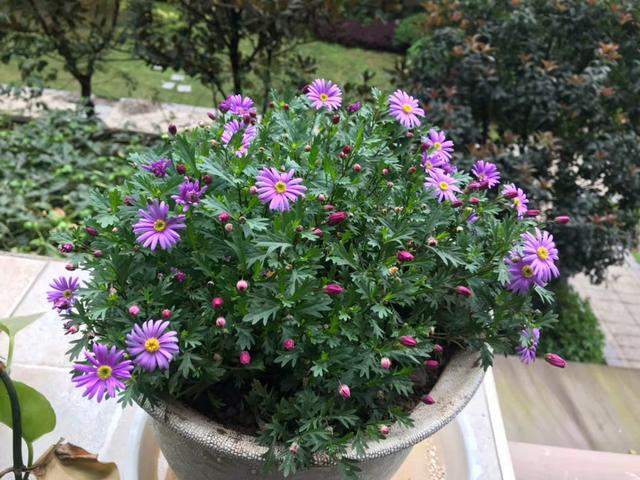
When using these mechanisms to configure the soil, it does not contain nutrients. Therefore, you have to add some base fertilizer, whether it is controlled-release fertilizer, slow-release fertilizer or fermented organic fertilizer. Because it is base fertilizer, the amount does not need to be too much, only 1/2 of the amount recommended by the merchant, this can prevent the roots of the flowers from being burned.
Also, when making the substrate ratio, don't forget the garden soil. Its efficacy cannot be ignored, especially in winter. The proportion of garden soil can be appropriately higher, and the content of it depends on the size of your potting soil. If it is a large pot, you can use a small amount of garden soil. If it is a small pot, the plant is small and most of its tolerance is not good, so you can use more garden soil.
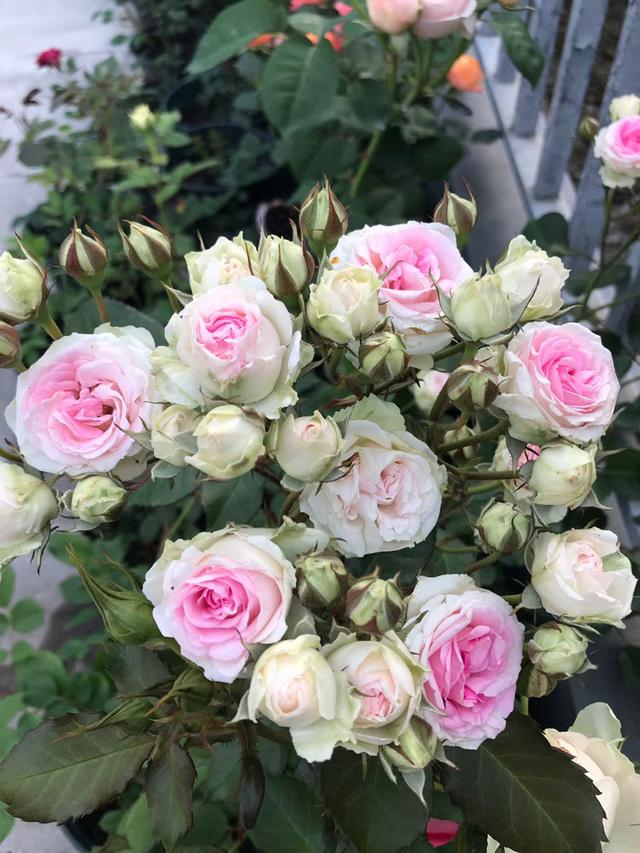
However, flower lovers need to be reminded that garden soil has little nutrition, is easily hardened, and is prone to breeding diseases and pests. Therefore, other media and pesticides and fungicides need to be mixed, and special attention must be paid to watering.
In spring, plants have a huge demand for nutrition, just like a growing teenager. Therefore, it is necessary to mix some beneficial microorganisms into the potting soil at this time. There are quite a lot of such things on the market, and flower lovers can choose according to their needs, and there is basically no big difference.
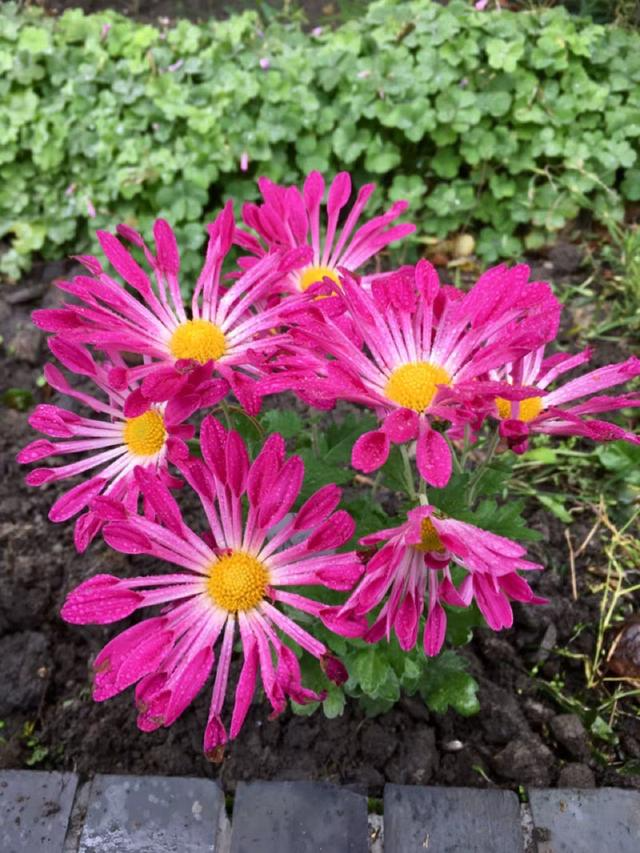
At certain times, Mu Xin will also use some live bacteria, because it can inhibit the growth of miscellaneous bacteria and pathogens, so that the plants are less likely to get powdery mildew, black spot disease, etc. Maybe because he grows roses so many times, Mu Xin is particularly taboo about diseases and pests. It really fits the saying "Once bitten by a snake, you will be afraid of ropes for ten years"!
What I have said above is the common soil matrix for growing flowers at home. Different plants are suitable for different media, just like people are tall, short, fat and thin, and their clothing choices are naturally different. However, most plants like loose and breathable soil, so if you really don’t understand, just follow the principle of loose, breathable and water-permeable soil, and you generally won’t go wrong.
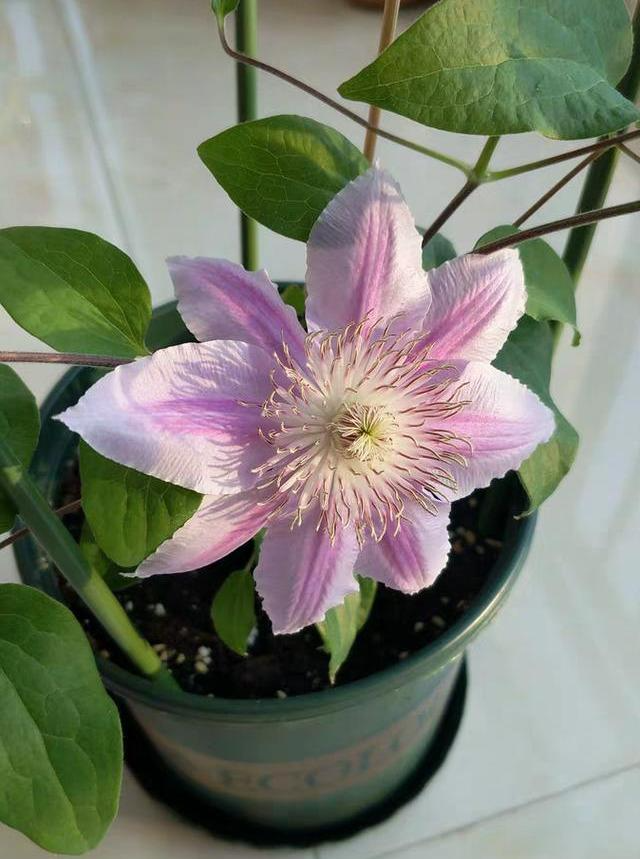
Phew~ Mu Xin said a lot this time. Because some substrates are gone, I will use the Aihua at home instead. I hope you can bear with me. I wonder if this article can answer your questions? Angels who like Mu Xin and his articles can move their hands and click to follow!